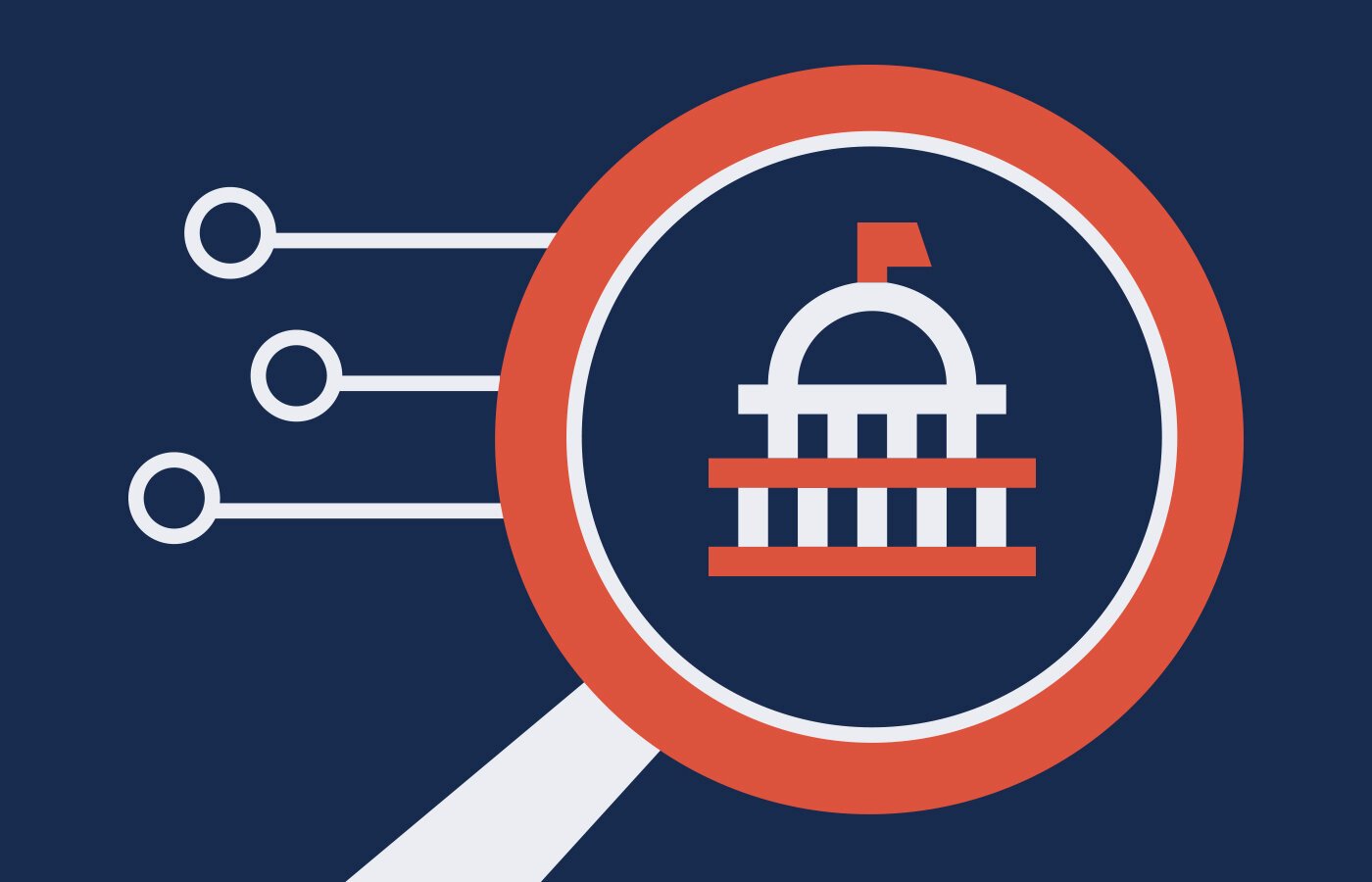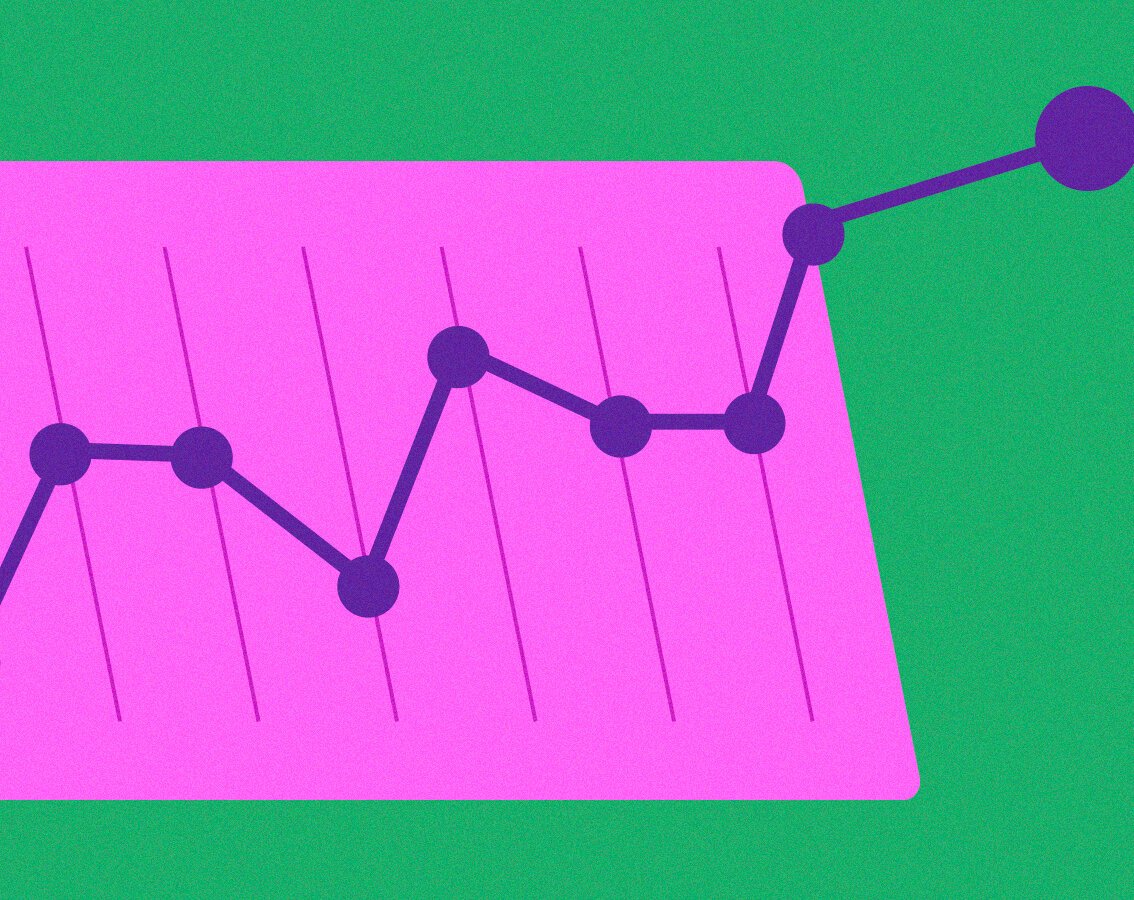blog
Leveraging Data and Analytics to Enhance Public Services
By Mohan S Data Analytics Big Data February 10, 2023

Data and analytics play a vital role in the digital transformation of government, enabling organizations to make data-driven decisions, improve operational efficiency, enhance customer experiences, and gain a competitive advantage. This is exactly why the global big Data and Analytics market is worth $274 billion.
Governments have access to a variety of data sources for its citizens. Top decision makers can have this data at their fingertips with user-friendly platforms and apps. With useful insights visible clearly, they can make important decisions and become more data-driven and precise.
Explore: Big data and its role in digital transformation
Benefits to incorporating data analytics in public programs
Huge amount of data is generated and used by public organizations. An equally massive amount of money can be saved by using Big Data and Analytics. Netflix saves a whopping $1 billion every year using big data on customer retention.
Focus on Citizen Experience
Public services need to find a way to ask citizens to submit their data a single time. This is also known as the “once only” principle. This would have been possible if governments provided access to their data on citizen. Which could eventually save time and eliminate manual interference.
Governments and the public sector merging their data services could mean ease for the citizens. Many customer services and their process would become smooth and result in a better experience for the citizens.
Boost Employee Efficiency
60% of reduction was seen in case processing time for public services, after data was made interoperable between government and public services in Germany.
Exchange of data between both government and public organizations can boost efficiency in employees as they wont be required to retrieve this data manually. It will also result in making the process more swift and save time.
Data-driven Policy
Data and Analytics are important when it comes to decision making and strategic planning. They serve as powerful tools to create communication across different sectors.
Data and Analytics can help governments and the public sector to make better policies for the sectors like healthcare and disaster management. The impact of data on the standard of policy making is eminent. A combination of data and 3-D topography can enable organizations to create excellent cost saving policies for crisis management.
Allow Open Data
Governments have access to the most amount of citizen data. This data can be the key to unlocking a trillion dollar opportunity for the private sector and civil society. The raw data and statistics that governments have can transform the public sector operations.
An example is the data often published on open data portals, it is taken from information silos. It has interoperable and connected registers with proper safety. Which allows more such insightful data to be posted and help in managing citizen welfare.
Better Data Privacy
Government’s current management of data is a threat to data privacy. Citizens don't have access to their own personal data. They have no information on how this data is being stored and used.
A modern solution would propose definite privacy. Secure data exchanges would ensure minimum people coming in contact with this data. This potentially reduces the risk of leaks as well. Transparency and management by consent can be beneficial for both citizens and governments.
Estonia as an example, allows its citizens to review queries and reasons to access their personal data.
Reduce fraud, waste, and abuse
US Government agencies in 2019 made an estimated $175 billion in improper payments!
Governments literally pay the price of error. A big amount of government funds end up in a wrong account due to error or fraud. Big Data’s biggest gift has been fraud reduction. To identify where these discrepancies happen can educate organizations in eliminating internal waste.
Steps to Adopting Data & Analytics in Governance
The Public Sector can use Data and Analytics to improve their decision making, by using the insights from data analytics. Data can also be used to improve customer services and make operations more efficient.
Define the objectives
Getting accustomed to Data and Analytics can be extremely tough, if there is not a shared goal an organization wants to achieve. Define your set objectives. Departmental goals can be set to come to achieve a collective goal of an organization. They can range from revenue to customer retention or employee turnover.
By setting such transparency you are also setting a clear set of key metrics for employees to focus on. They would have a better understanding of what to focus on along with a greater sense of accountability.
Data collection and preparation
Data preparation is when raw data is prepared till it is suitable for processing and analysis.
The 3 key steps are:
Collecting
Cleaning
Labeling
This raw data is converted into suitable data for machine learning (ML) algorithms to be then visualized.
Data analysis and visualization
BI tools are increasingly popular in their usage across business teams. There are many complex visualizations available in each of these tools. It is recommended to start with easier, simpler visualizations differentiated by analysis. Only use complex ones when absolutely needed. A bar graph or a pie chart is very much capable of showing the information without needed user training.
Implementation and monitoring
Data and monitoring are an important part of a learning process. Feedback on the quality of before, during and after implementation process, promotes shared learning and improvements along the way.
Monitoring should be implemented into the program from the start. It can help provide early warnings when things go off plan. Allowing improvements and adaptations to be made. Monitoring gives information that is needed to reconsider decisions and change the course of things.
Summing up
Data is of utmost value when it comes to government assets. Governments should strategize to build profitable data and analytics capabilities to derive critical insights, take data-driven decisions, and yield powerful results.


